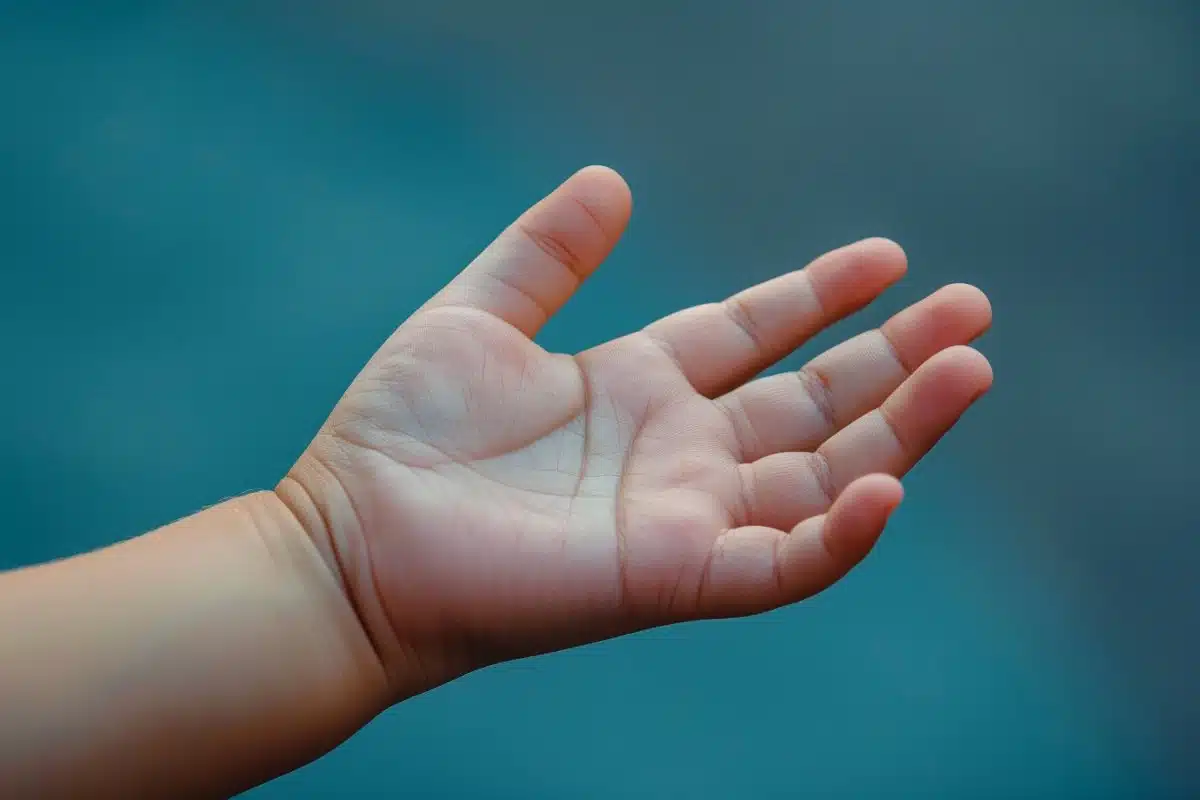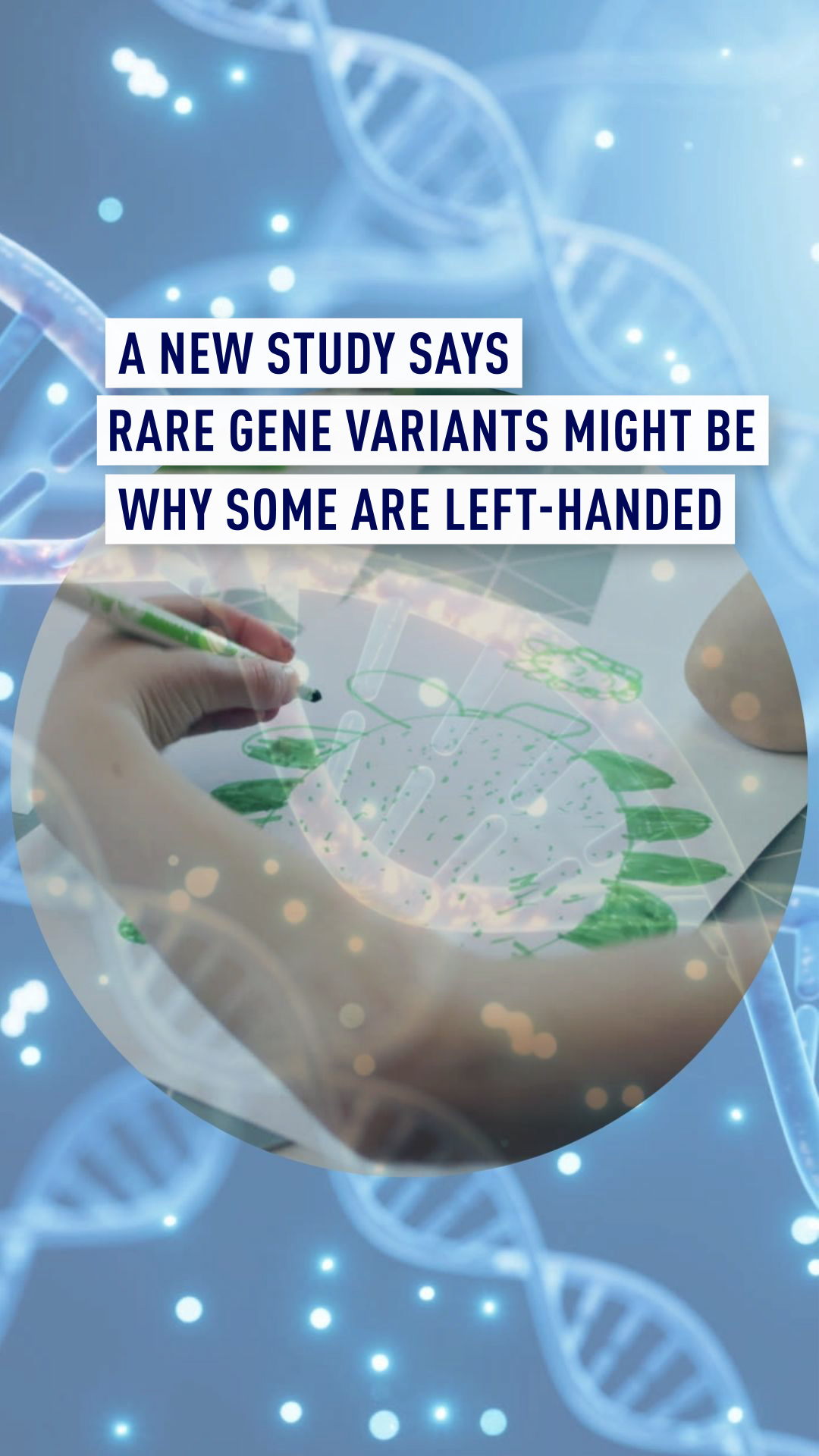The Genetics of Left-Handedness: Exploring Brain Disorders and Rare Genetic Factors
Left-handedness, a trait shared by roughly 10 percent of the population, has long intrigued scientists and the general public alike. From famous figures like Leonardo da Vinci to contemporary icons like Oprah Winfrey, left-handed individuals have left an indelible mark on history and culture. Yet, the underlying reasons behind handedness asymmetry have remained a subject of debate and speculation.
A Historical Journey Through Left-Handedness
Throughout history, left-handedness has been viewed with a mixture of curiosity, superstition, and even prejudice. In many cultures, being left-handed was associated with negative connotations or perceived as a deviation from the norm. However, as societies evolved, so did attitudes towards left-handedness. Today, left-handed individuals are celebrated for their uniqueness and creativity.
Deciphering the Genetic Code of Handedness
The question of whether handedness is determined by genetics, environment, or a combination of both has long intrigued researchers. While environmental factors undoubtedly play a role, evidence suggests a strong genetic component to handedness. Recent advances in genetic research have shed new light on the complex interplay between genes and handedness.
The TUBB4B Gene: A Key Player in Handedness Variation
One gene that has emerged as a potential candidate in the genetic puzzle of left-handedness is TUBB4B. This gene encodes a protein involved in the formation of microtubules, essential structures that provide support and shape to cells. Researchers have identified rare variants of the TUBB4B gene that are more prevalent in left-handed individuals, suggesting a possible link between this gene and handedness asymmetry.
Insights from the Latest Research Study
A recent study published in a leading scientific journal has provided compelling evidence linking TUBB4B variants to left-handedness. By analyzing genetic data from a large population sample, researchers found a significant association between certain TUBB4B mutations and left-handedness. While these variants account for a small fraction of left-handedness cases, they offer valuable insights into the genetic underpinnings of handedness asymmetry.
Unraveling the Significance of Genetic Variants
The discovery of rare genetic variants associated with left-handedness holds profound implications for our understanding of brain development and function. These variants provide clues about the molecular mechanisms governing handedness asymmetry and offer new avenues for research into neurological disorders and cognitive processes.
Implications for Neuroscience and Beyond
The study's findings have broader implications for neuroscience, genetics, and beyond. By elucidating the role of specific genes in handedness variation, researchers can deepen their understanding of brain asymmetry and its impact on cognition, behavior, and health. Moreover, the study underscores the importance of embracing human diversity and recognizing the value of differences in brain function and structure.
Conclusion
In conclusion, the study represents a significant milestone in our quest to understand the genetic basis of left-handedness. By uncovering the role of the TUBB4B gene in handedness asymmetry, researchers have opened new doors for exploring the intricacies of brain development and function. As we continue to unravel the mysteries of the human brain, studies like these remind us of the richness and complexity of the biological processes that shape who we are.
1. Are left-handed individuals more likely to have certain personality traits?
- While some studies suggest correlations between left-handedness and certain traits, such as creativity, the evidence remains inconclusive.
2. Can left-handedness be influenced by upbringing or cultural factors?
- While genetics play a significant role, environmental factors may also contribute to handedness variation.
3. Is there a genetic test for determining left-handedness?
- Currently, there is no specific genetic test for handedness, as it is influenced by multiple genetic and environmental factors.
4. Are left-handed individuals at a disadvantage in society?
- While left-handedness was historically stigmatized, modern society has become more inclusive and accommodating of individual differences.
5. What other factors besides genetics may influence handedness?
- Environmental factors, prenatal development, and hormonal influences may also contribute to handedness variation.



Comments
Post a Comment